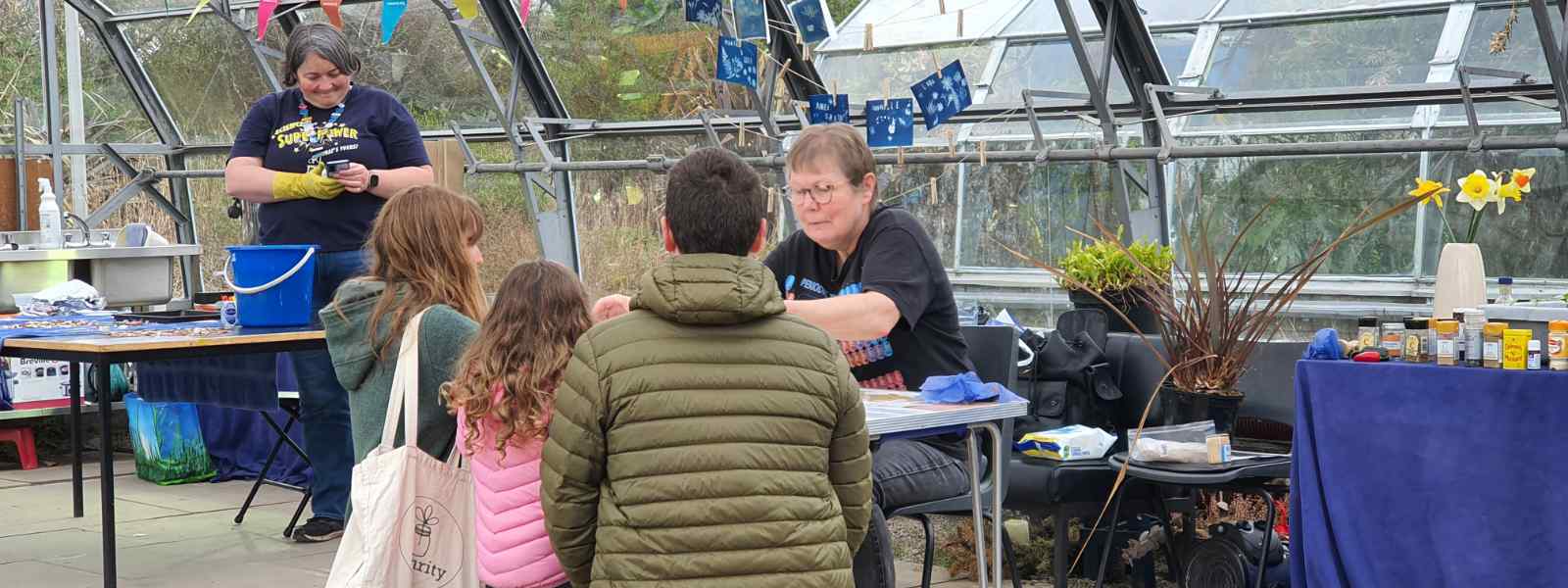
Science lessons could be enhanced by using materials from a school’s local area, according to research involving the University of Strathclyde.
The study, carried out in Scotland and Alaska, found that the use of local items created emotional and cultural links to the science content being taught.
This built on previous findings that hands-on school activities increase student interest in, and understanding of, complex science subjects.
The research suggests that the connection created with help from local materials may one day lead to a science identity, sparking a career goal or a lifelong appreciation of science.
Activating emotion
The researchers describe this approach as ‘materiality,’ defining it as ‘education via social interaction’ with items which represent the ideas, beliefs or values of a culture or individual. They discovered that materiality, especially when place-based, connects learners to the science material by activating emotion and connecting to culture.
The study, led at the University of Alaska Fairbanks (UAF) Geophysical Institute, has been published in the University of Aberdeen journal Education in the North.
Dr Jane Essex, of Strathclyde’s Institute of Education, who was a partner in the project, said: “This interesting project grew out of the publication of action research work that was done by a student teacher whom I supervised some years ago.
“Professor Laura Conner at UAF contacted me to speak about the work and we discovered our shared interest in hands-on exploration of the local environment as a way of making STEM/STEAM more accessible.
This paper is the result of a year-long collaboration and visits by both groups to the other’s country.
Dr Essex and Professor Conner worked on the project alongside Jane Catlin, also of the Institute of Education.
Learning activities
The paper presents four examples of learning activities in northern settings. Three used place-based materials, and one was only place-based in narrative.
One of the place-based exercises was a STEAM camp in Scotland for students with learning difficulties and from underprivileged areas. Another was at a Scottish botanical garden and was designed to highlight the interconnections between Scottish plant scientists and South Asian plant scientists.
The sole exercise which excluded place-based materials was also in Scotland and used only a place-based narrative in the local Gaelic language. The fourth exercise, in Alaska, focused on fireweed, a plant commonly found both in the state and in Scotland, where it is known as Rosebay Willow Herb or ‘Old Man’s Beard. This plant was not directly used in the study but was seen in abundance, and researchers at both Strathclyde and UAF had stories about its significance in the respective culture of Scotland and Alaska.
The researchers found differences in learning outcomes when comparing the three placed-based materials cases with the one case that did not use local materials. Overall, the data suggests that students in the place-based programs made a higher number of meaningful connections between the scientific concepts and their experiences.